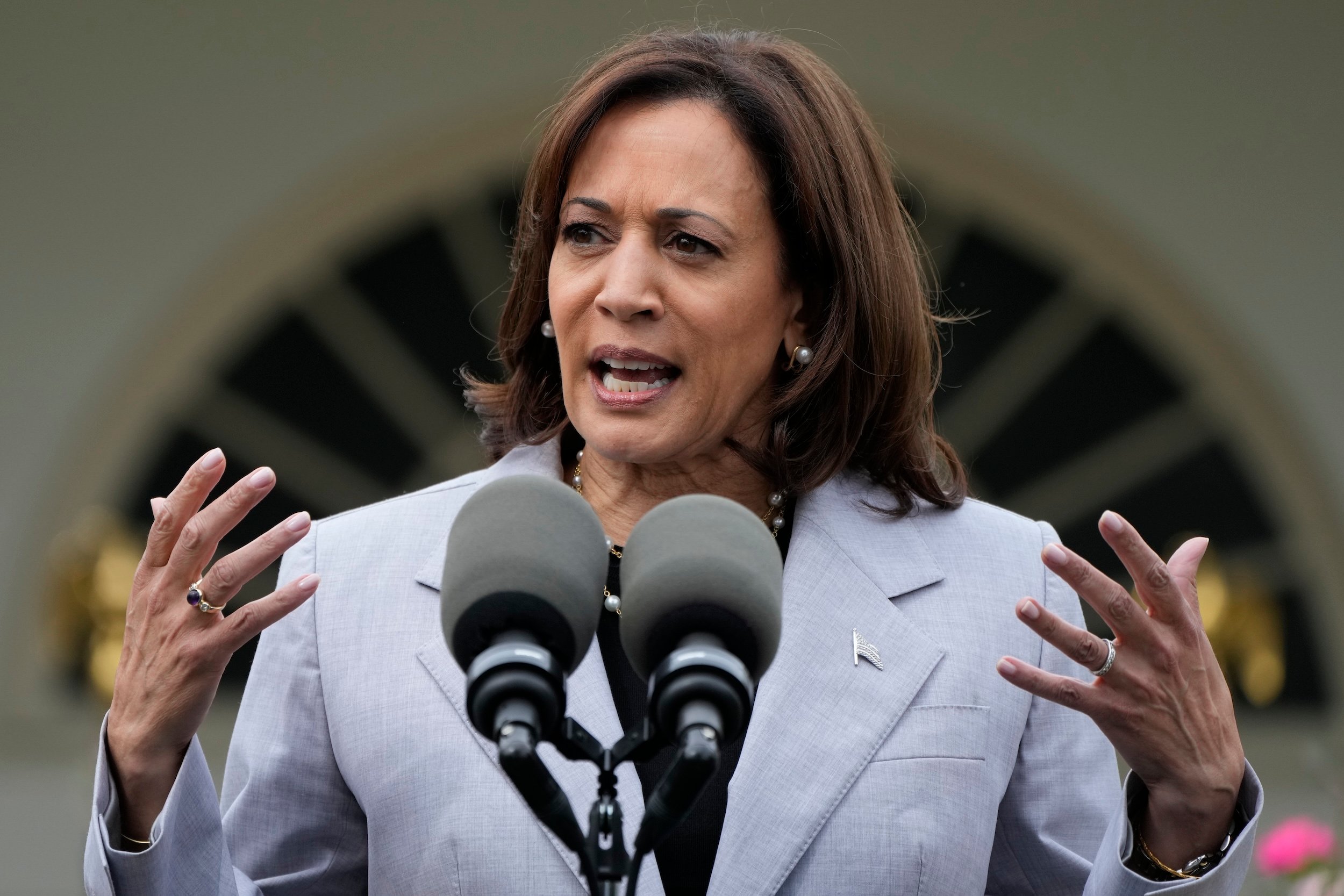What To Know Today
NEW from THE TRACE: As students return, schools hope investments in mental health will also curb violence. The COVID-19 pandemic isn’t over, but the new school year means young people are again headed into their classrooms, many bringing trauma from the economic and social dislocations of the past year. With that in mind, the federal government, states, and many school districts are dedicating money — including funds from the American Rescue Plan — toward resources that aim to help students feel better, like guidance counselors and crisis mitigation programs. Every state that sought ARP education funds — 48 states and Washington, D.C. — included plans to expand access to mental and behavioral health support in its request. And while students with mental health diagnoses are more likely to be victims of violence than to hurt someone else, lowering stress levels and helping students cope with trauma could keep students from considering violent acts. Chip Brownlee has more on the nationwide shift in resource allocation to include student well-being as a means of violence prevention.
In Missouri, school districts with high gun violence get little in the way of state funds. Analyzing 20 years of school finance data, the The Kansas City Star found that the four jurisdictions with the highest rates of gun violence — including St. Louis City and Jackson County, which covers part of Kansas City — received a lower-than-average share of state aid to school districts. About 31 percent of total school budgets in Missouri came from state funds last year, but for Kansas City and St. Louis City public schools, that share dropped to 3 percent and 8 percent, respectively. Meanwhile, educators in rural and urban areas struggled with a lack of funds for trauma training and social services for their students.
Easier access to illegal guns is linked to more homicides — in neglected areas. Four scholars looked at 226 U.S. cities from 2010 to 2017 and found that a greater availability of illegal guns corresponded with higher future rates of firearm homicides. Crucially, the link between illegal guns and higher homicide rates was overwhelmingly found in areas suffering from economic disadvantage. On the other hand, the study did not find a statistically significant connection between the rate of legal gun dealers and the rate of gun homicide. “The association between firearm availability and homicide is conditional upon [the] level of structural economic disadvantage,” the researchers wrote. The findings were published in the journal Homicide Studies and based on a number of sources including the Bureau of Alcohol, Tobacco, Firearms and Explosives, the FBI, and our database of more than a million stolen and recovered guns. Why it matters: “We think this is really meaningful because it shows that reducing illegal access to guns in cities can help bring down firearm deaths. This starts with organized efforts by agencies like the ATF to tackle black markets for guns and stop illegal transactions,” tweeted lead researcher Dan Semenza.
DOJ puts limits on federal monitors for cities with troubled police departments. If the Justice Department finds a pattern of abuse in local agencies, it can initiate a court-approved “consent decree” to ensure cities act upon reforms. But rules announced this week will place limits on those monitors, including the size of budgets, length of their tenure, and how much training officials need. The changes had been sought by police agencies and some advocacy groups, who have complained about the costs of extended oversight. From The Trace: Earlier this year, J. Brian Charles reported on the federal oversight of Newark’s police and how advocates and city officials were split on the future of the expensive outside intervention. Related: The DOJ also announced limits on no-knock raids for federal agents.
🎧 Listen 🎧: Ann Givens appeared on Michigan Radio’s Stateside to discuss her reporting on Rosemarie Reilly, who was fatally shot by her ex-boyfriend in 2016 after a judge granted a temporary order of protection, but allowed him to keep his guns. Michigan is one of 13 states where the decision to remove a gun on a temporary order of protection is left in the hands of a judge. In 29 others, firearms restrictions aren’t automatically included in temporary orders of protection. Last week, a federal appeals court denied a due process suit brought by Reilly’s family.
Data Point
30 percent — the share of American adults who say they own a gun, according to a recent survey. [Pew Research Center]

